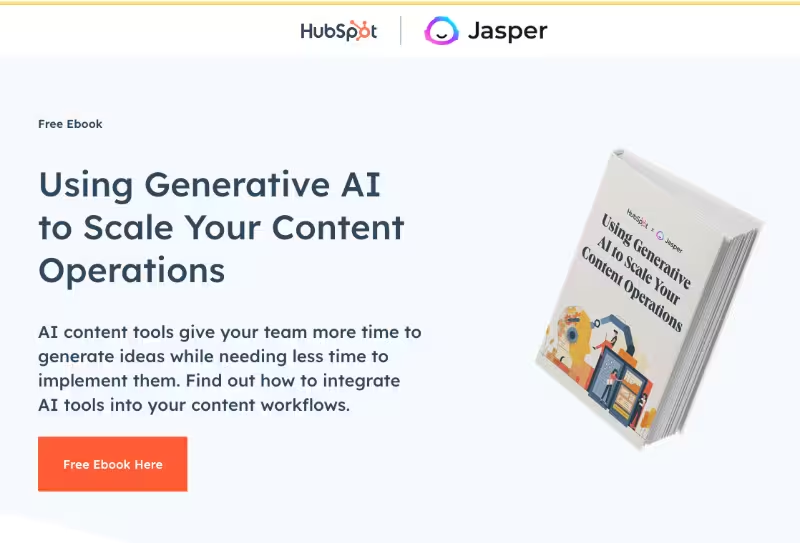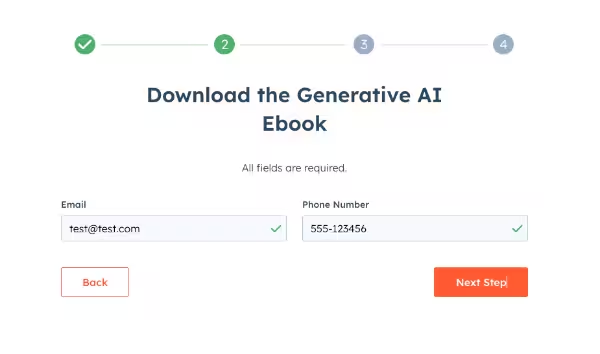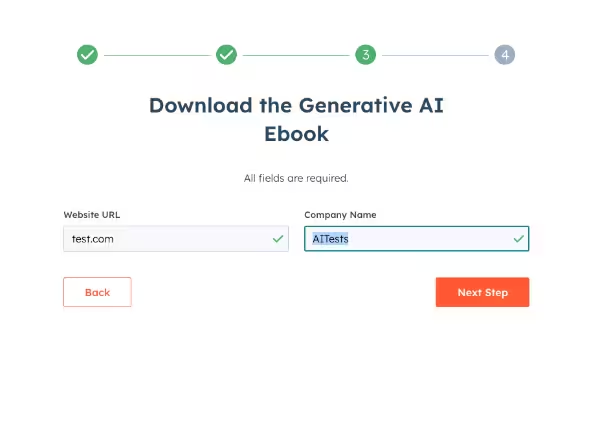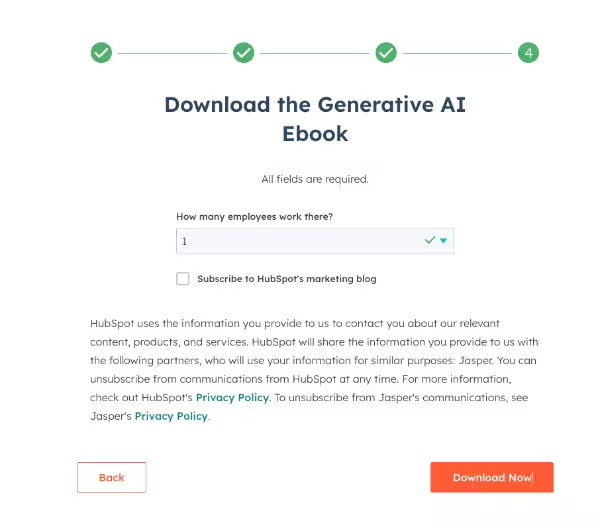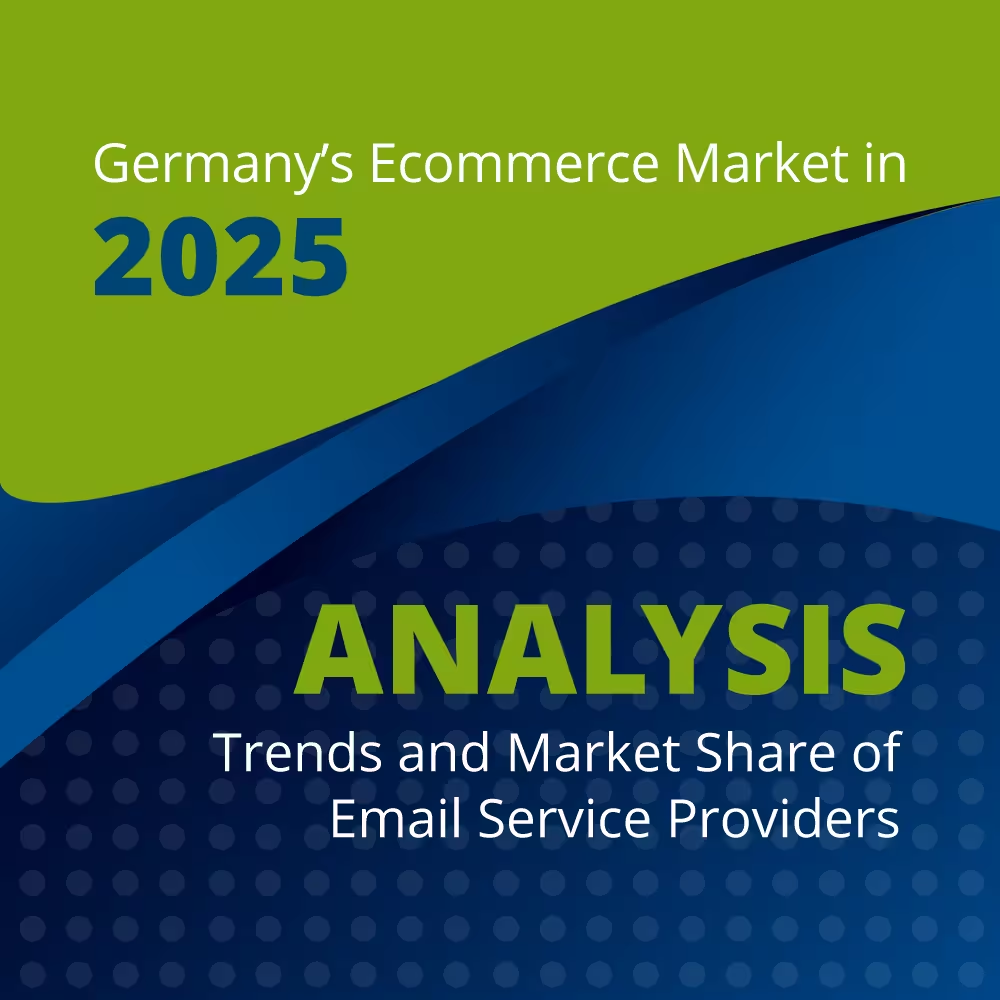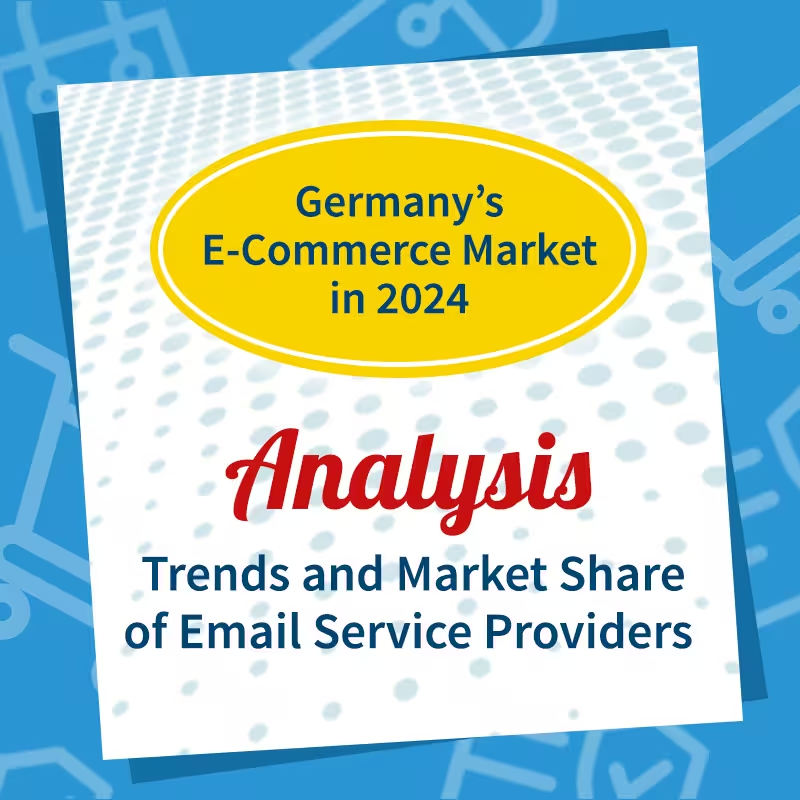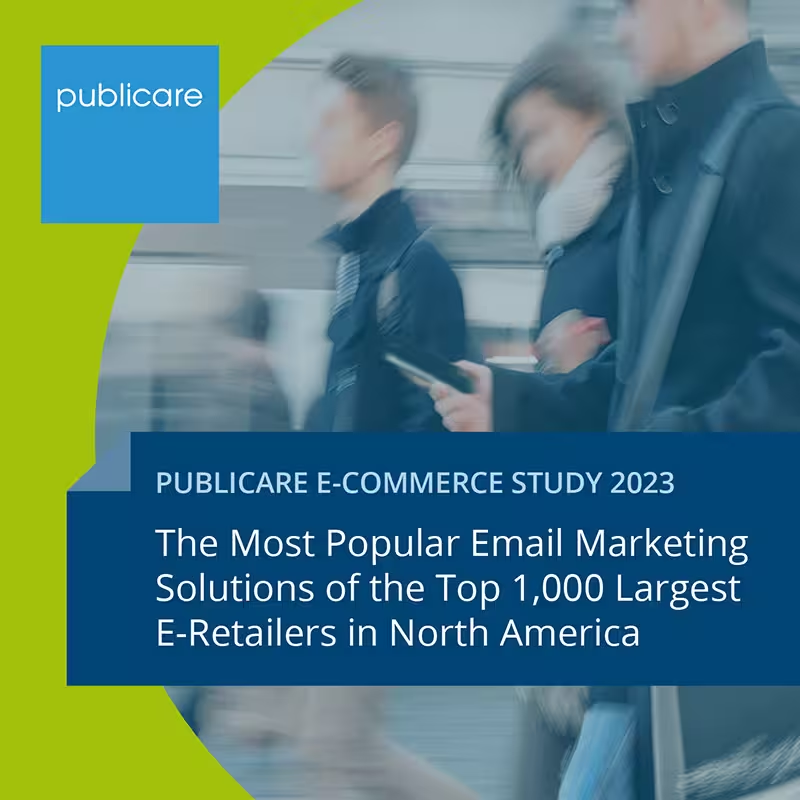Is gated content still up to date?
Relevant content is pure gold for marketing — but unfortunately also comes with corresponding costs. Because companies would like to have tangible results in the form of leads for this investment, the content is locked up: Visitors should pay for it with their contact details. This principle of “gated content” sounds like a fair exchange and is particularly common in the B2B sector, where a lead can be worth many thousands of euros. Unfortunately, in our experience, fewer and fewer people are taking part in this “deal”, so that marketing and sales scare off their prospects with great effort.
From a company perspective, it sounds useful if you don't simply give away your best content, but receive high-quality leads in return. And isn't it a fair offer if interested parties receive the elaborately prepared white paper free of charge for nothing more than their contact details? The problem with this: From a customer's point of view, the deal sounds much less attractive. The price of revealing one's own identity is no less — many companies underestimate this central factor. Practice learned from private and professional life is that the provision of contact details has consequences that you usually do not want at this point in time. That's why we see incredibly high bounce rates in practice wherever gated content is used — the hoped-for “lead magnet” becomes a “marketing boomerang.”

The main thing is leads
Let's take a closer look at it all. In our experience, the majority of B2B companies operate more or less intensively with gated content that is provided on the website or a dedicated landing page, clearly serves to attract leads and is promoted with SEO and SEA measures. As a rule, users should enter their contact details in a form with the promise that they will be able to consume high-quality content. In addition to the mentioned white paper, this could be, for example, a study, a video or a webinar. An e-mail newsletter subscription is often added as an optional or mandatory requirement.
Why do companies do that? Because in marketing, leads are often counted as the most important KPI and because you want to gain such significant contacts from the (organic or acquired) traffic on the website in order to feed them with further marketing measures and/or to pass them on to sales for “further processing.” Although companies are usually aware that only a small minority accepts this offer — they fish with very large meshes, so to speak — they see no better alternative and would rather take a few leads with them than nothing at all.
The fear of the form
But what is the problem — why do so many people disdain the offer? Because first the willingness, name, email address and possibly other data (up to “Do you have a budget?”) is extremely low and, in our opinion, tends to decline. This applies equally to B2B and B2C. The idea from content marketing is that with high investments, a long decision-making process takes place, which the company can support with high-quality content. That is also true in itself: Not only, but especially in B2B, it is normal to go through a long and intensive orientation and research phase.
But: During this phase, interested parties do not want to be “fed” by a specific provider and are not (yet) ready to register anywhere. They first want to identify the relevant providers for the topic, draw on experience and tests, and sharpen their own demand horizon. White papers or webinars can certainly be helpful in this decision-making process. The everyday experience, however, is that high-quality content is also available free of charge. This includes user-generated content, testing, and comparisons. A potential provider is expected to provide you with orientation and information without having to “commit” yourself and (often rightly so!) must be afraid of being bombarded with emails or sales calls. In addition, from painful experience, people are accustomed to the high-quality content being advertised often disappointing: The fact sheet offers little news, the white paper is one-sided, the e-book is a better advertising brochure. Against this background, you don't want to let yourself go through the bureaucratic burden of a form and enter into the binding transaction “identity against unknown content whose value I can only assess afterwards.”
Gated content blocks out visitors
Overall, there is a lack of trust and also the need to respond to the “gated content deal.” It needs a strong indication that the content is really absolutely useful or otherwise only available for a lot of money, such as paid studies by renowned market research institutes. Gated content is not bad per se, but the user experience leads to a high level of skepticism and therefore only a very small proportion of people who see the “gate” are prepared to step away from anonymity (or they deliberately provide obfuscating information). And this is precisely the most decisive problem with gated content for us: The vast majority of visitors never come into contact with the content, but instead have a negative user experience. Marketing and sales therefore create expensive content and then specifically prevent visitors (who are therefore likely to have a certain interest) from continuing to engage with the company and its offerings — in short: the “fences” do not lock up the content, but rather block out customers. And something else is blocked out, namely the crawlers from Google and Co., which cannot index content behind the barrier. As a result, even the most complex and relevant content does not contribute to search engines.
Alternative strategies to gated content
As explained, gated content can work — as long as the content is relevant and as unique as possible. That's easy to say, because really good content is incredibly complex (and soon out of date, so it has to be constantly reproduced). At the same time, useful content should be as neutral as possible and not aimed at generating leads in a penetrating manner. And for a “nurturing” strategy in the sense of a lead generation route, that applies to every piece of content! That means: Effort and therefore costs are huge. The question is whether personnel, time and budget are optimally spent at this point, because these resources are necessarily lacking to produce freely available “ungated” content, such as blog articles that generate traffic.
Our recommendation is to develop content in the content marketing strategy that contributes to organic findability; content that can both be sent to known contacts and integrated on a landing page for interested parties. In other words, content that can be used multiple times and reinforces each other without the user standing in a dead end or in front of a closed door. This means “giving away” all content (with a few exceptions). Instead of using contact details, interested parties then pay with a longer time spent on the website, through SEM with higher traffic, through more interaction with newsletters and promotions, etc. Good content activates existing leads for cross-selling and upselling and increases customer loyalty — as email marketers, we know exactly who is consuming our content! (In which use cases and channels marketers can do without forms, You can read in the article “Lead qualification without hurdles”)
Leave visitors alone — and identify without annoying
And if we don't know? What about the “bad visitors” who simply take something away and remain anonymous? It doesn't matter, it's actually a good thing. Because, as described above, decision-making processes sometimes take a very long time and every point of contact is positive. At least the visitor has heard of us and had a positive experience. Maybe she or he will come back in half a year. And if the offer was simply not good enough or tailored, there is (usually) no point in exerting pressure with marketing emails or sales calls. It's like in the Apple Store: It doesn't matter that every visitor buys an iPhone directly — it's important that the brand is present and feels good as soon as the need for a new telephone comes up.
There is also a very good alternative to forms to get visitors out of anonymity: lead recognition. There are now a number of reasonable tools for website visitor recognition . This makes it possible to identify around 15 to 25 percent of the companies from which employees were on our website. This is an excellent way for us to measure how interested someone is in our offer without annoying users: Which visitors read through our higher-quality content? Who reads what at what depth? Is it worthwhile for sales to get in touch with this company? Although you do not get unique users with this method, in B2B, a buying center often consists of several people, so that the specific contact is often not decisive. What is more important is what you do with the identified visitors in order to qualify them as a lead.
Conclusion: Freedom for content — with exceptions
A company that gives me real orientation, that helps me instead of harassing me, that doesn't want to persuade and convince me, but where I can look around in peace, such a company gains in attractiveness.
That is why gated content should only be used where the content is really a unique must-have — here you should honestly admit that this is only true in the rarest cases. A registration form is of course also perfectly fine for processes that require a transaction. This could be setting up a demo account, making an appointment or signing up for a live webinar. Users understand this too (it is even better if you explain it to them: “Please enter your name so that we can reserve a visit slot for you at the trade fair without waiting.”)
Instead, we recommend offering good content freely available and making the best possible use of it. Build modular content pieces, such as blog posts with long-tail keywords instead of huge monolithic pieces (thirty-page PDFs for printing are no longer up to date). Use the company's knowledge to do this, ask engineers and customer advisors what customers are interested in. Link content internally and externally with related content and use it on social media and for search engine marketing as well as for email marketing. If you offer webinars, also provide them “ungated” as an on-demand recording — and turn the registration process around by integrating a form at the end of the webinar where you can subscribe to a notification list for the next webinar. Of course, this applies not only to webinars, but to any piece of content. This allows you to continue collecting leads without alienating hesitant users.
If you would like to learn more about how to gradually combine individual elements in digital marketing, we recommend the (“ungated”, of course) video recording of a presentation by our managing director Robert Harnischmacher.
Finally, ask yourself a question: Would you have liked to give Publicare GmbH your contact details for this article? Or is it more pleasant not to have to do this and only be able to contact us here completely voluntarily if you still need further discussion? In any case, we are available to answer your questions!


